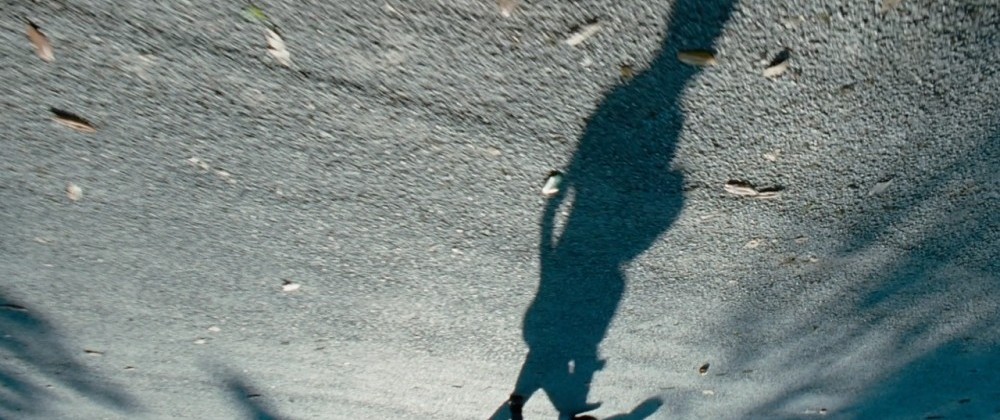The Tree of Life

The American film that I have been expectantly waiting for more than two years, Terrence Malick’s The Tree of Life will finally appear on Montreal screens on June 17. Needless to say, it’s a must-see film. I have been deeply moved and impressed by the cinematic sophistication of all of Malick’s films, although I admit to having been apprehensive about his latest work following dismissive comments from J. Hoberman (in the Village Voice) and a very negative review by Robert Koehler (on his blog); terrific film critics, both. One is led to believe from the mainstream media that The Tree of Life is slow moving, hard to follow, and generally “difficult.” In fact, the poetically rendered story of a family stricken by the tragic loss of a 19-year old son, and led by a demanding, occasionally cruel father (Brad Pitt in a potentially Oscar-winning performance), is fairly straightforward. The film’s strength though is in its ambiguous, sometimes contradictory representation of nature and spirituality (“grace”). Most impressive is the meeting of experimental film and narrative epic, where the terrible loss experienced by the mother (Jessica Chastain), and her questioning God’s decision to let it happen to her family seems to trigger cosmic memory and projection. Indeed it is hard to tell when we are watching the beginning of the Universe and Planet Earth and when we are watching “the end,” but Douglas Trumbull (2001: A Space Odyssey) has created an amazingly suggestive, organic (and non-digital) representation of these phenomena. At times it is difficult to know if we are watching natural or constructed images. The age of dinosaurs is especially poignant. In the first shot of a creature, sprawled on a desolate beach, we gradually notice that it is wounded, and in the next shot, looking up at the water’s surface, we see blood, and then, … sharks. In the next scene where two different species of dinosaurs appear, where we expect one to take advantage of another’s wounded state, and attack it. Instead, we witness a moment of apparent compassion, and, the very last shot in the film of dinosaurs looks just like a classical landscape painting of the Hudson River School. It’s as if the world of millions of years ago was actually more idyllic than the world of today! Throughout Malick’s film, trees expectedly reappear often, and, invariably we view them from below, in low angle. But, we also always see the sun in these and other shots, as the ultimate source of life. Sometimes, the sun is replaced in the image by an interior lamp or another kind of light source, and at times we can barely see these glimmers of hope. The narrative is set in a sleepy, rural Texas town of the 1950s—the director was born in Waco, Texas, 1943—and the downtown Houston of today, dominated by skyscrapers, where the eldest of three sons, Jack (Sean Penn), now a successful architect, reflects on that tragic moment when he lost the older of his two brothers. The other major life-affirmative motif in The Tree of Life is Emmanuel Lubezki’s constantly moving hand-held camera. Before the end we witness a remarkably emotional gathering on a beach of past and present figures in Jack’s life, together with a burgeoning hoard of people, where the emotional resonance emerges largely through the proximate intimacy of Lubezki’s camera. Perhaps this scene represents Jack’s dream of the end of the world, perhaps not… These are some first impressions after seeing the film, once. I will certainly see it again, in 35mm on a big screen, and, I will no doubt gain further insights into Malick’s intentions. Eventually, I expect that The Tree of Life may not match the greatness of the director’s earlier work, such as Days of Heaven or The Thin Red Line, but I look forward to seeing this film again (and, again) more than I anticipate seeing virtually any other American film this year.










